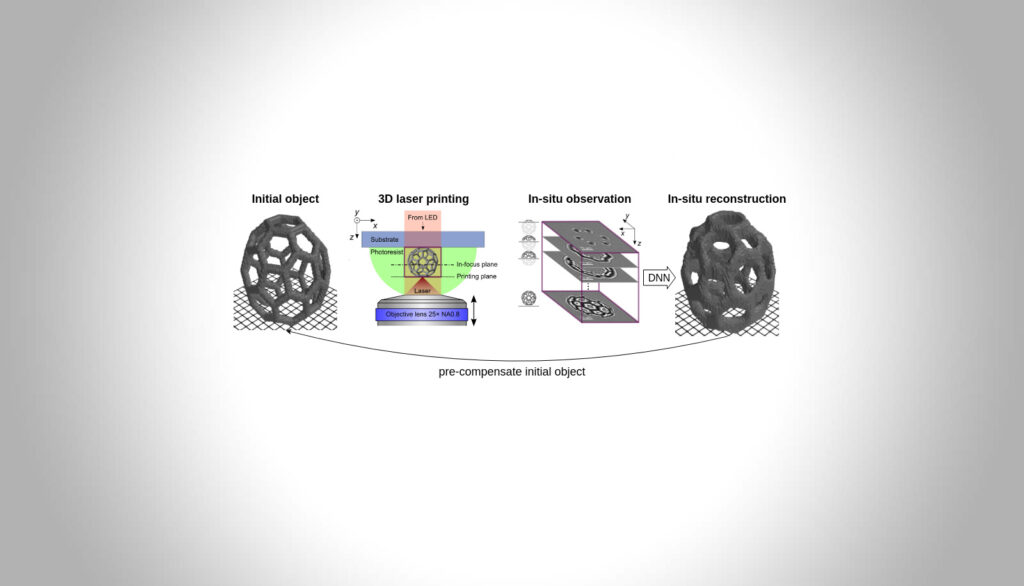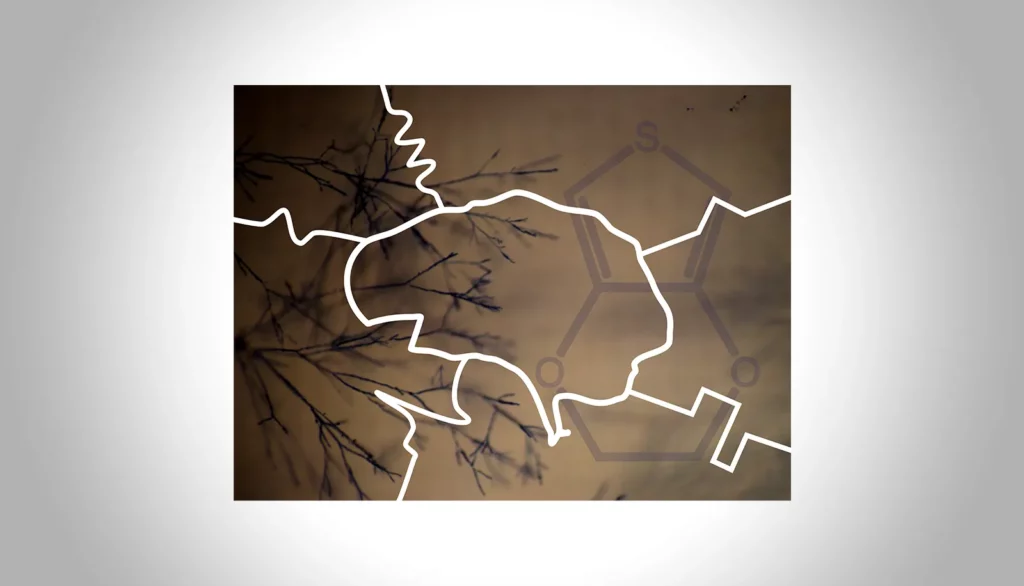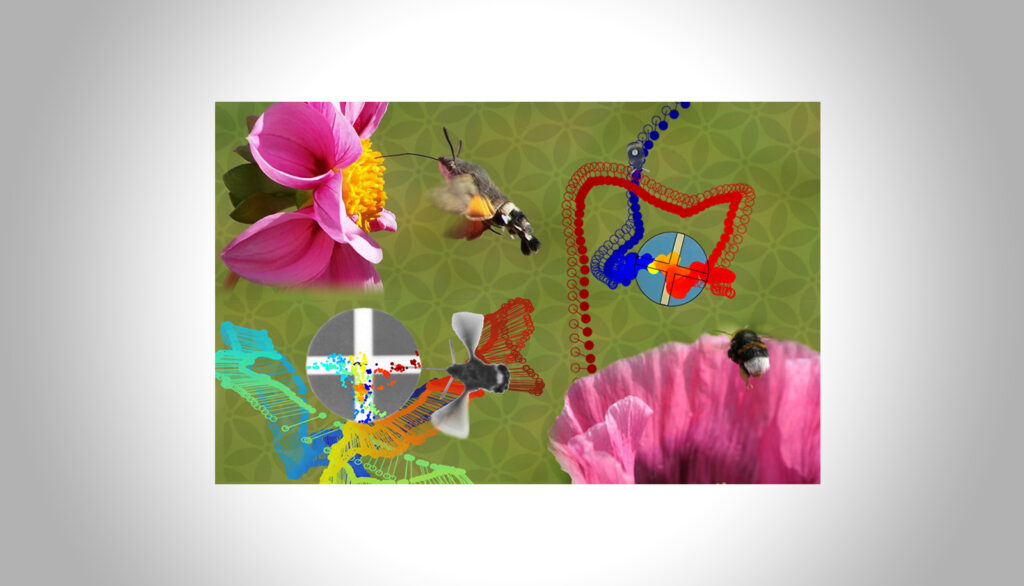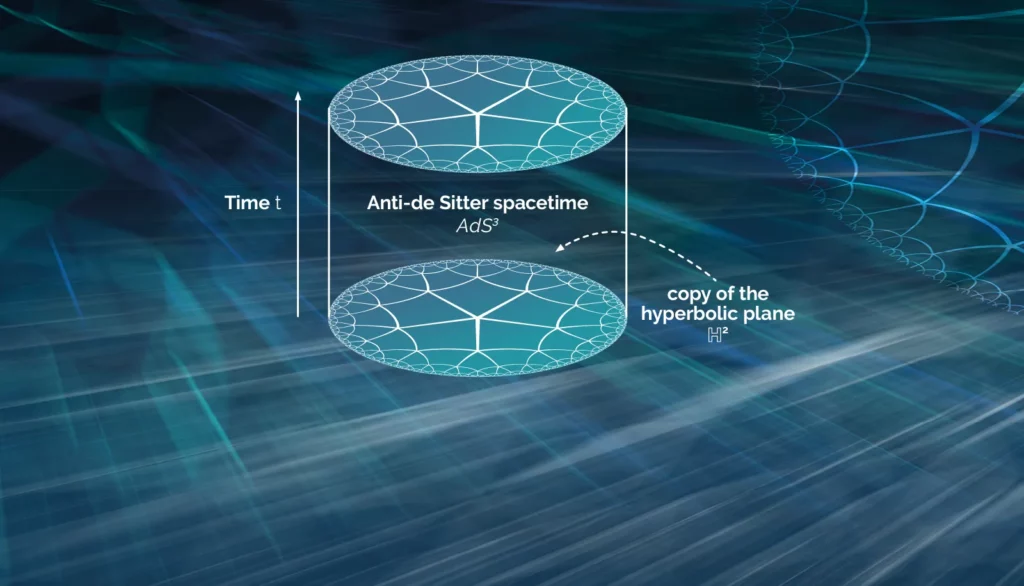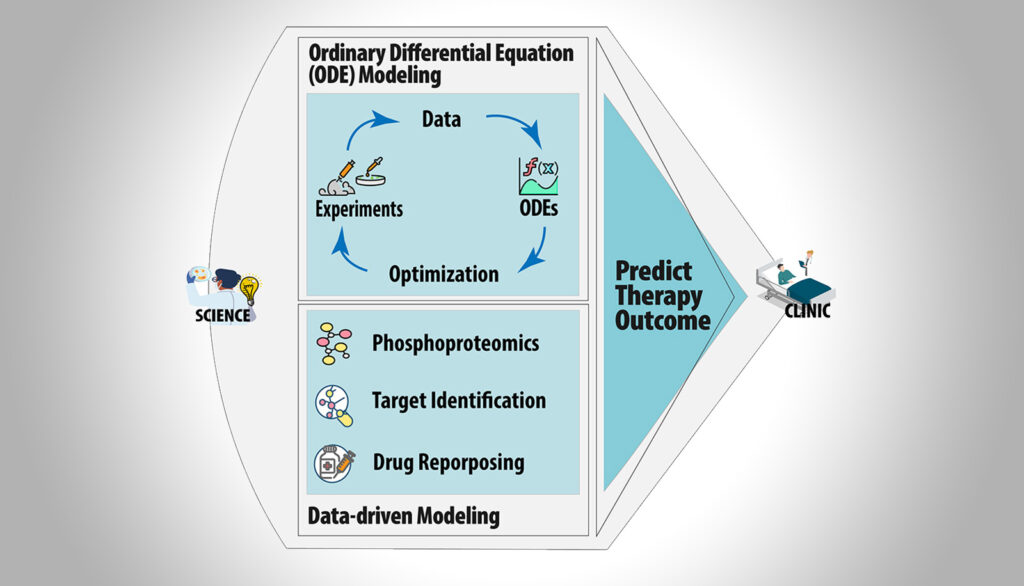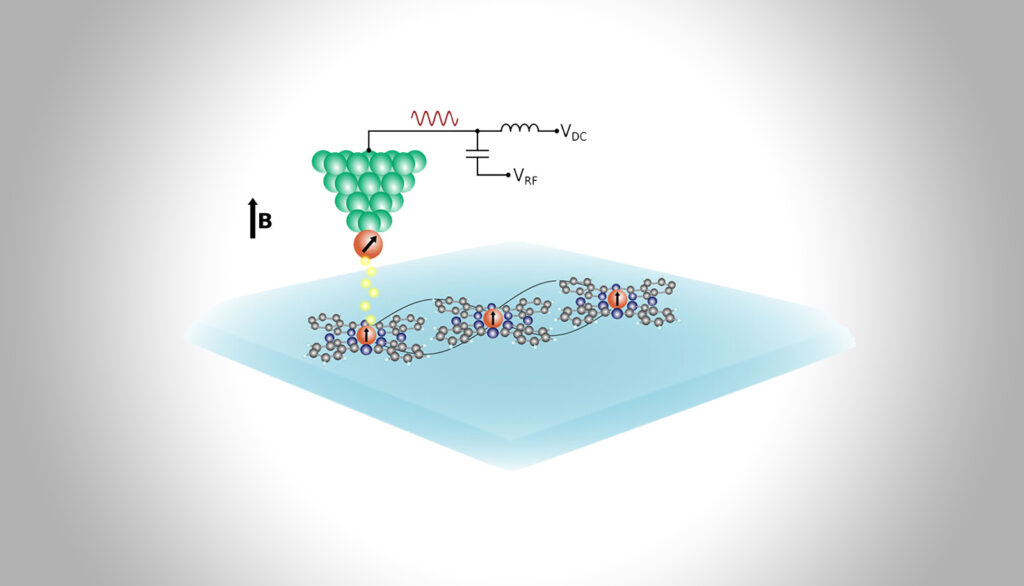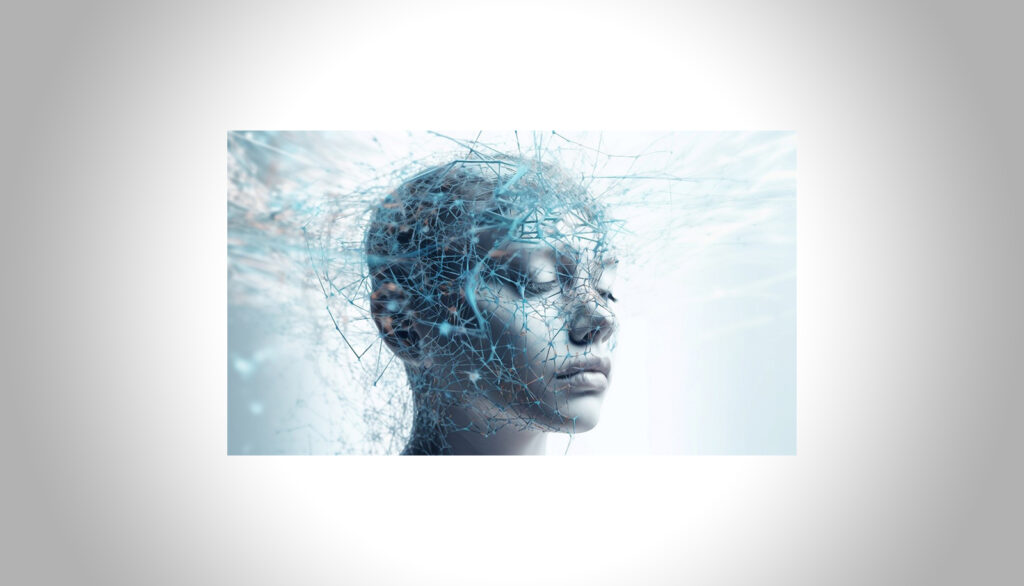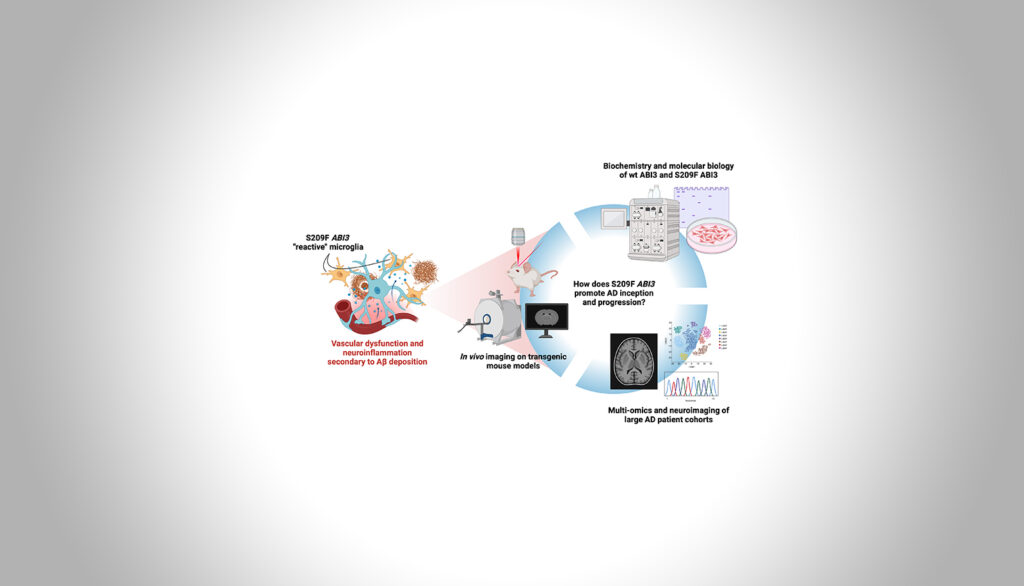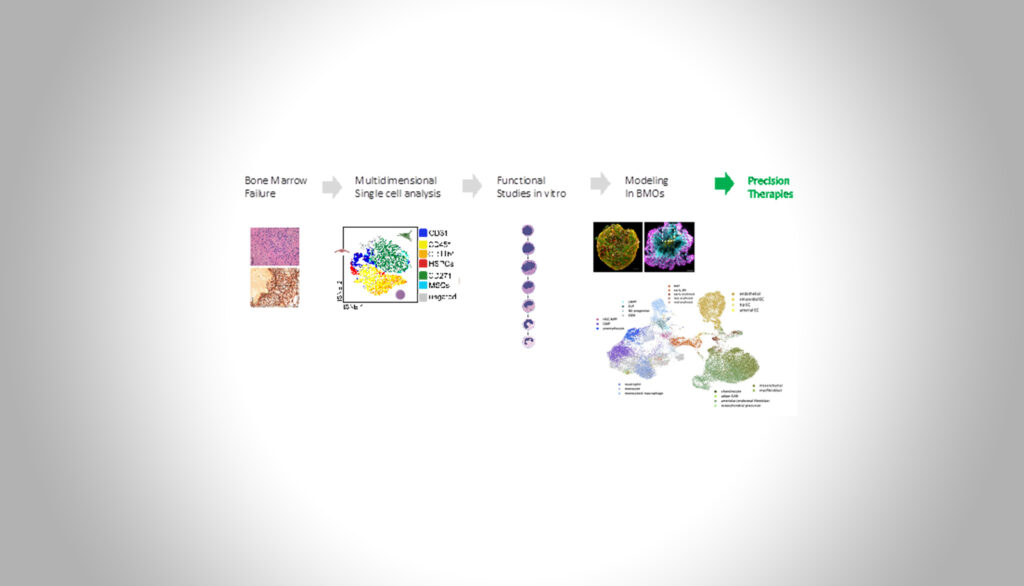Design and Characterization of 3D-printed Microstructures using Deep Learning
Tim Alletzhäusser - Hector Fellow Martin Wegener
The project aims to accelerate and improve the fabrication of micromaterials by 3D laser printing through the use of deep neural networks (DNNs). Physical simulations of the printing process are developed and used to train the DNNs. They can then, for example, characterize the printed structures already in the printer or pre-compensate objects in such a way that iterative characterization and optimization outside the printer can be minimized.


